Looking for the most cost-effective and reliable way to import goods in 2025?
Sea Freight From China to Germany is the top choice for businesses seeking efficiency, flexibility, and affordability. With strong trade connections and advanced port infrastructure, sea freight enables companies to manage large shipments seamlessly. In this guide, you’ll discover the latest shipping routes, key cost drivers, essential customs requirements, and the benefits of partnering with a trusted freight forwarder like Dantful International Logistics, helping you optimize your shipping strategy for success.
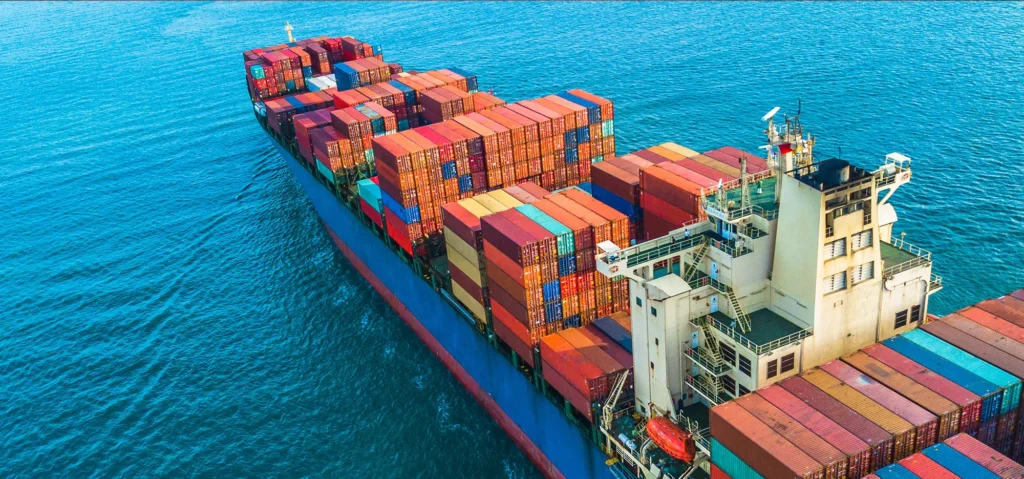
Related Article : Shipping From China To Germany
Understanding Sea Freight
Sea freight, also known as ocean freight, refers to the transportation of goods via cargo ships over the sea. This method is a crucial component of international trade, allowing businesses to move large volumes of products across vast distances efficiently. Sea freight is typically used for bulk items and heavy freight that would be costly to transport via air.
One of the primary advantages of sea freight is its cost-effectiveness compared to other shipping methods. While air freight is faster, it is generally more expensive, making sea freight the preferred choice for businesses looking to minimize shipping costs, especially for non-urgent goods.
Comparison with Other Shipping Methods
When considering shipping options, businesses often compare sea freight to air freight and land transportation:
- Air Freight:
- Speed: Significantly faster than sea freight, making it ideal for urgent shipments.
- Cost: More expensive due to fuel and operational costs.
- Suitable for: High-value, low-volume goods that require quick delivery.
- Land Transportation:
- Speed: Varies based on distance and route; generally slower than air freight but faster than sea freight.
- Cost: Pricing can vary widely depending on distance and the mode of land transport (truck, train).
- Suitable for: Domestic shipments or regional deliveries where sea transport is not practical.
For businesses looking to learn more about sea freight options, including pricing and logistics, Ocean Freight services can provide valuable insights and assistance.
Types of Sea Freight
When shipping goods by sea, there are two primary types of sea freight to consider:
- Full Container Load (FCL):
- In FCL shipping, an entire shipping container is reserved for one consignee’s goods. This option is often more cost-effective for businesses that need to ship large quantities, as the total cost is not shared with other shippers. FCL shipments also offer a lower risk of damage since the container is sealed from the point of origin to the destination.
- Less than Container Load (LCL):
- LCL shipping is ideal for businesses that do not have enough goods to fill a container. In this arrangement, multiple shippers share a single container, and costs are split among them. While LCL can be more flexible and economical for smaller shipments, it may involve longer transit times and a greater risk of damage due to handling between multiple consignors.
Both FCL and LCL options have their unique advantages, and choosing the right method depends on the specific needs of the shipment, including size, budget, and urgency. Understanding these options is crucial for any business involved in international trade, particularly when considering ocean freight from China to Germany.
Key Shipping Routes from China to Germany
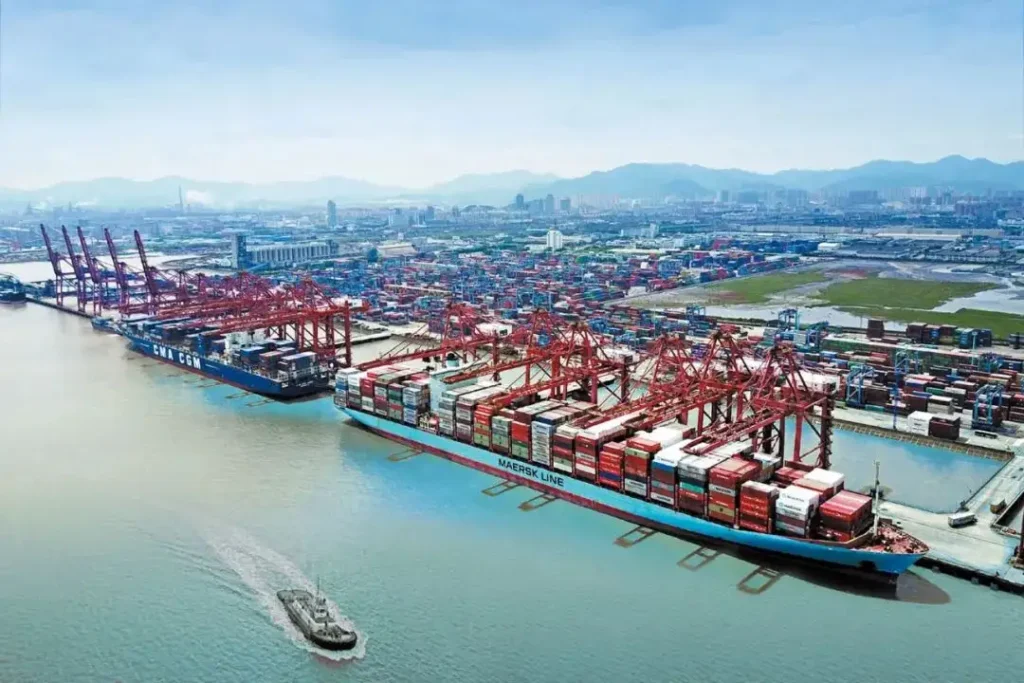
Major Ports of Departure in China
China boasts a vast network of international ports, making it a global shipping powerhouse. Among the major ports of departure for sea freight to Germany are:
- Shanghai: As one of the busiest ports in the world, Shanghai handles a significant portion of China’s exports. Its extensive facilities and services make it a favored starting point for shipping goods to Europe, including Germany.
- Shenzhen: Located near Hong Kong, Shenzhen is another key port, known for its rapid growth and advanced logistics infrastructure. It caters to a wide range of industries, including electronics and textiles, making it a crucial hub for shipments heading to Germany.
- Ningbo: This port has grown in importance alongside the rise of the manufacturing sector in China. Ningbo plays a vital role in facilitating exports to Germany, particularly in the automotive and machinery sectors.
- Guangzhou: Positioned in southern China, Guangzhou also serves as a significant departure point for goods heading to Europe. The port supports diverse industries and has seen increasing traffic in recent years.
These ports provide a variety of services and shipping lines, offering businesses multiple options for exporting goods to Germany.
Major Ports of Arrival in Germany
On the German side, several key ports serve as the main entry points for sea freight shipments from China:
- Hamburg: As Germany’s largest port and one of the busiest in Europe, Hamburg serves as a gateway for imports from Asia, including China. Its advanced logistics infrastructure and connectivity to inland transport networks make it an ideal destination for container ships.
- Bremerhaven: This port is known for its specialization in container shipping and plays a significant role in handling goods from China. Bremerhaven’s efficient operations and proximity to major highways and railways facilitate smooth distribution across Germany.
- Wilhelmshaven: Although smaller than Hamburg and Bremerhaven, Wilhelmshaven is a deep-water port capable of accommodating large vessels. It has been expanding its container handling capabilities to increase its share of the shipping traffic from China.
These ports are equipped with modern facilities to handle large volumes of cargo, ensuring that shipments from China reach their destinations in Germany efficiently.
Cost Factors for Sea Freight
Pricing Models
When it comes to sea freight from China to Germany, understanding the pricing models is crucial for budgeting and logistics planning. The two primary models are:
- FCL vs. LCL Pricing:
- Full Container Load (FCL) pricing is typically based on a flat rate for renting an entire container. This can be cost-effective for businesses shipping large quantities, as the rate does not change regardless of the weight or volume of the goods, provided they fit within the container’s capacity.
- Less than Container Load (LCL) pricing, on the other hand, is based on the volume of goods being shipped. This pricing model can be more flexible for smaller shipments, but costs may vary based on factors like cargo handling and consolidation fees, which can add to the overall expense.
- Additional Fees and Surcharges:
- Along with the basic costs of shipping, several additional fees can apply. These may include terminal handling charges, customs clearance fees, insurance, and port surcharges. It’s essential for businesses to account for these potential extra costs when budgeting for sea freight.
Average Shipping Costs
Understanding the average shipping costs can help businesses estimate their logistics expenses more accurately. The costs for shipping containers typically vary based on size and market conditions:
- Cost Range for 20-foot and 40-foot Containers:
- As of recent estimates, the average cost for shipping a 20-foot container from China to Germany can range from $1,000 to $5,000, depending on factors such as the shipping line, route, and any additional services required.
- For a 40-foot container, costs can rise to between $2,000 and $8,000. This price differential highlights the cost-effectiveness of FCL shipping for larger volumes.
- Seasonal Pricing Variations:
- Shipping costs can fluctuate significantly due to seasonal demand, particularly during peak seasons like the Chinese New Year or the summer months when many retailers stock up for the holiday season. Businesses may experience higher rates during these times, making it essential to plan shipments well in advance and consider booking during off-peak periods for better rates.
By understanding these cost factors, businesses can make informed decisions regarding their logistics and shipping strategies, ensuring they remain competitive in the global market. For more detailed insights on pricing models and shipping options, consider consulting with experts in ocean freight services.
READ MORE:
- Shipping From China to the United States
- Shipping From China TO Canada
- Shipping From China TO Mexico
- Shipping From China to Panama
- Shipping From China to Costa Rica
- Shipping From China to Brazil
- Shipping From China TO Colombia
- Shipping From China to Jamaica
- Shipping From China to Venezuela
Shipping Duration and Lead Times
Typical Transit Times
When shipping goods from China to Germany, understanding the typical transit times is crucial for effective supply chain management.
- Comparison of FCL and LCL Transit Times:
- Full Container Load (FCL) shipments generally enjoy faster transit times than Less than Container Load (LCL) shipments. This is largely because FCL containers are loaded and sealed at the point of origin and transported directly to the destination without the need for consolidation or additional handling. Typically, FCL shipments can arrive within 25 to 35 days depending on the departure and arrival ports.
- In contrast, LCL shipments may take longer due to the need for consolidation at the port of departure and deconsolidation at the port of arrival. Since LCL shipments involve multiple shipments being combined into one container, the transit time for LCL can extend to 30 to 45 days, or even longer in some cases. This delay is exacerbated by the logistics involved in sorting and distributing the goods once they reach the destination port.
- Factors Affecting Shipping Duration:
- Several factors can impact the shipping duration, including:
- Weather Conditions: Adverse weather can lead to delays in loading and unloading ships, as well as rough seas that may slow down transit.
- Port Congestion: Busy ports can experience congestion, leading to longer wait times for ships to dock and unload. This is particularly common during peak shipping seasons.
- Customs Inspection: A thorough customs inspection can also delay the release of shipments, affecting the overall transit time.
- Routing and Shipping Line: Different shipping lines may have varying schedules and routes, which can either shorten or extend shipping times.
- Several factors can impact the shipping duration, including:
Planning for Delays
Given the potential for delays in sea freight, it’s important for businesses to plan accordingly.
- Common Causes of Delays in Sea Freight:
- Delays can arise from several issues, including:
- Equipment Availability: A shortage of containers or vessels can lead to delays in loading and shipping.
- Operational Issues: Problems at the port, such as labor strikes or equipment breakdowns, can hinder the speed of operations.
- Regulatory Delays: Changes in regulations or additional documentation requirements can slow down the customs clearance process.
- Delays can arise from several issues, including:
- Strategies for Mitigating Delays:
- Businesses can employ several strategies to minimize the impact of delays:
- Buffer Time: Allowing for buffer time in logistics planning can help accommodate unexpected delays. This means scheduling shipments earlier than necessary to ensure they arrive on time.
- Regular Communication: Maintaining open lines of communication with shipping providers can provide real-time updates on transit times and any potential issues.
- Tracking Shipments: Utilizing tracking systems allows businesses to monitor their shipments and receive alerts about any delays, enabling them to adjust plans accordingly.
- Choosing Reliable Partners: Working with reputable shipping companies that have a proven track record can help reduce the likelihood of delays.
- Businesses can employ several strategies to minimize the impact of delays:
Customs and Documentation

Required Documentation for Sea Freight
When shipping goods internationally, proper documentation is essential to ensure smooth customs clearance and compliance with regulations. The following key documents are typically required for sea freight:
- Bill of Lading (B/L): This crucial document serves as a receipt for the goods being shipped and a contract between the shipper and the carrier. It outlines the details of the shipment, including the type of goods, quantities, and destination.
- Commercial Invoice: This document provides a detailed account of the transaction, including the value of the goods being shipped, descriptions, and terms of sale. Customs authorities use it to assess duties and taxes.
- Packing List: A packing list details the contents of the shipment, including dimensions and weights of each item. It is used by customs and the receiving party to verify the shipment upon arrival.
- Certificate of Origin: This document certifies the origin of the goods, which can be important for tariff purposes and compliance with trade agreements.
- Customs Declaration: A formal declaration submitted to customs authorities that provides information on the goods being imported, helping officials assess duties and ensure compliance with regulations.
Customs Clearance Process
The customs clearance process is a critical step in ensuring that goods can be imported into Germany smoothly and efficiently. This process involves several key stages:
- Submission of Documentation: Upon arrival at the port, all required documents must be submitted to customs authorities. This includes the bill of lading, commercial invoice, packing list, and any additional permits or certificates required for specific goods.
- Customs Inspection: Customs authorities may randomly inspect shipments to verify the accuracy of the documentation and check for compliance with regulations. Inspections can lead to delays, particularly if any discrepancies are found.
- Payment of Duties and Taxes: Once the shipment is cleared, businesses must pay any applicable customs duties or taxes. The amount owed is typically based on the value of the goods and their classification under tariff codes.
- Release of Goods: After all documentation is reviewed, inspections are completed, and payments are made, customs will release the goods for delivery. This marks the end of the customs clearance process, allowing the goods to be transported to their final destination.
Understanding customs procedures and documentation requirements is vital for companies engaged in international trade. By ensuring all documentation is accurate and complete, businesses can facilitate a smoother customs clearance process and avoid unnecessary delays. For additional support and information on customs and documentation, businesses may benefit from consulting with experts in ocean freight services.
Advantages of Sea Freight from China to Germany
Cost-Effectiveness
One of the most significant advantages of sea freight from China to Germany is its cost-effectiveness. Shipping by sea is often much cheaper than other transportation methods, particularly air freight. This is especially beneficial for businesses that need to move large volumes of goods or bulk commodities.
The lower operational costs associated with ocean shipping stem from several factors. Firstly, ships can carry vast quantities of cargo in a single trip, diluting the costs over a larger volume of goods. This is advantageous for manufacturers and exporters looking to minimize their logistics costs. Additionally, fuel efficiency and the ability to transport heavy and bulky items without incurring exorbitant fees make sea freight a financially sound choice for many businesses.
Moreover, for companies engaged in international trade, the ability to keep transportation costs low can dramatically improve profit margins, making it feasible to offer competitive pricing in the European market.
Capacity for Large Shipments
Another compelling advantage of sea freight is its capacity to handle large shipments. Container ships can transport thousands of tons of cargo in a single expedition, accommodating everything from machinery and electronics to textiles and perishables.
This capacity is particularly important for manufacturers and importers who need to ship bulk orders. By utilizing Full Container Load (FCL) shipments, businesses can maximize their shipping efficiency and minimize the need for multiple shipments. Not only does this streamline the shipping process, but it also reduces the environmental impact per unit of goods transported.
The flexibility to choose between FCL and Less than Container Load (LCL) options also allows businesses to scale their shipping strategies according to their needs. Whether shipping massive quantities of a single product or smaller amounts of various items, sea freight offers the versatility to meet diverse shipping requirements effectively.
How to Choose a Good Sea Freight Forwarder

Importance of Selecting the Right Freight Forwarder
Choosing the right freight forwarder is crucial for ensuring a smooth shipping experience. A reliable freight forwarder acts as a logistics partner, managing the complexities of international shipping, customs clearance, and coordinating transportation. They help navigate the intricacies of the supply chain, allowing businesses to focus on their core operations without getting bogged down by logistical challenges.
The right freight forwarder can not only save time and reduce costs but also enhance overall supply chain efficiency. By leveraging their expertise and resources, businesses can mitigate risks and ensure that their goods arrive on time and in compliance with all regulations.
Key Factors to Consider
When selecting a freight forwarder, businesses should consider the following key factors:
- Experience and Expertise: Look for a freight forwarder with a proven track record and extensive experience in shipping from China to Germany. Their familiarity with specific routes, customs regulations, and the local market can be invaluable.
- Global Network of Partners: A freight forwarder with a robust global network can facilitate more efficient and reliable shipping. This network allows for better coordination with shipping lines, customs authorities, and local transport services, ensuring smoother transit.
- Range of Services: Evaluate the range of services offered by the freight forwarder. Comprehensive services, including warehousing, customs brokerage, and cargo insurance, can provide added value and simplify the logistics process.
- Credentials and Certifications: Ensure that the freight forwarder holds the necessary certifications and credentials, such as those from the International Federation of Freight Forwarders Associations (FIATA) or local regulatory bodies. This can indicate a commitment to professionalism and compliance.
- Customer Service and Communication: Effective communication is vital in logistics. Choose a freight forwarder known for excellent customer service, who is responsive and keeps you informed about your shipment’s status throughout the process.
For businesses seeking reliable sea freight services, Dantful offers a comprehensive solution with expertise in international shipping, ensuring your goods move efficiently from China to Germany.
Dantful International Logistics Services:
- Dantful Ocean Freight Services
- Air Freight From China
- Amazon FBA Freight Forwarding
- WAREHOUSE Services
- One-Stop Customs Clearance Solution
- Cargo Insurance Services in China
- DDP Shipping Services By Dantful Logistics
- Out of Gauge Cargo Transportation Shipping Services

Young Chiu is a seasoned logistics expert with over 15 years of experience in international freight forwarding and supply chain management. As CEO of Dantful International Logistics, Young is dedicated to providing valuable insights and practical advice to businesses navigating the complexities of global shipping.





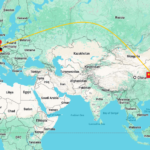





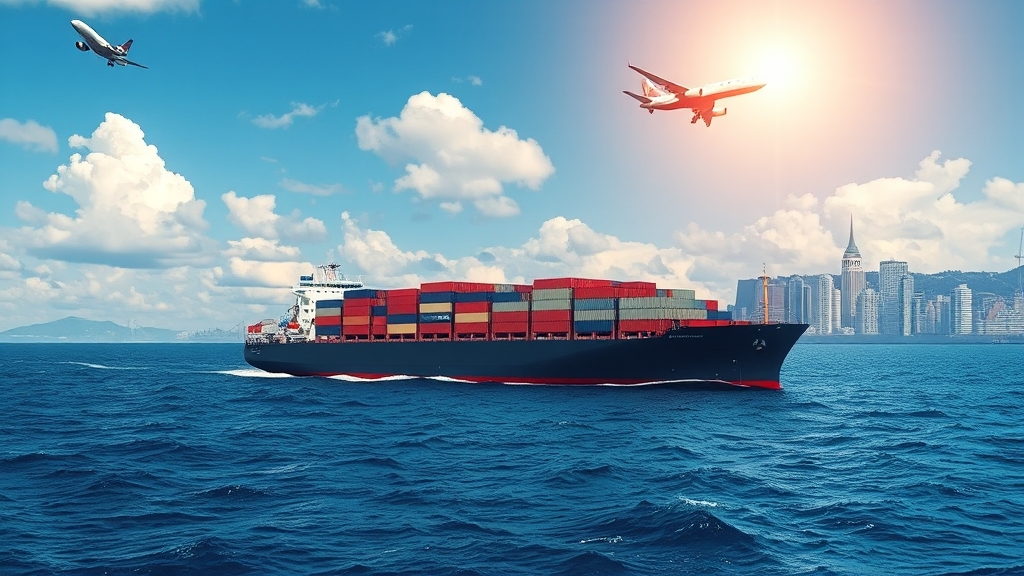

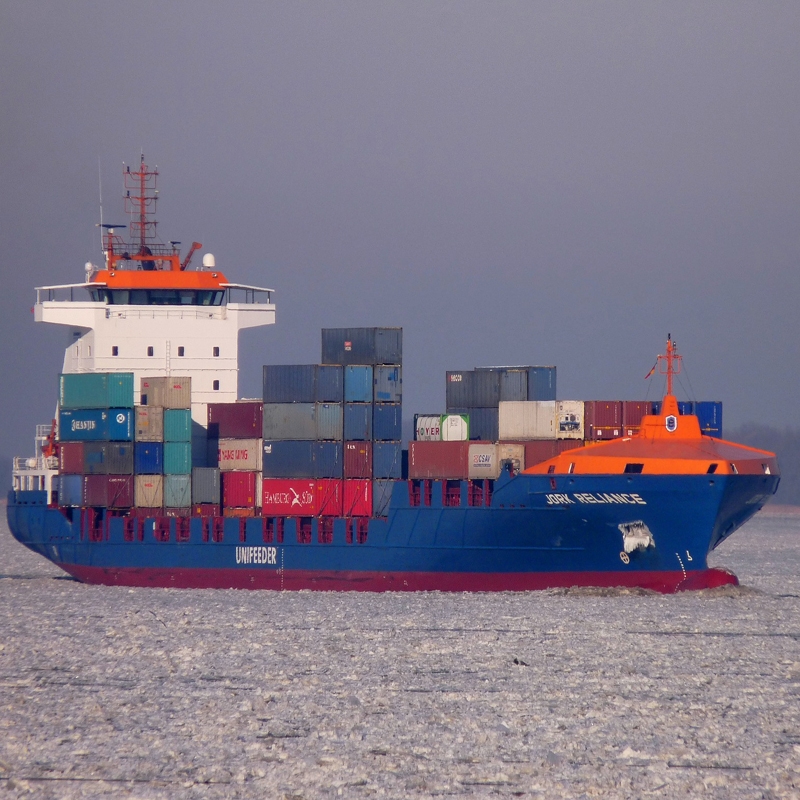
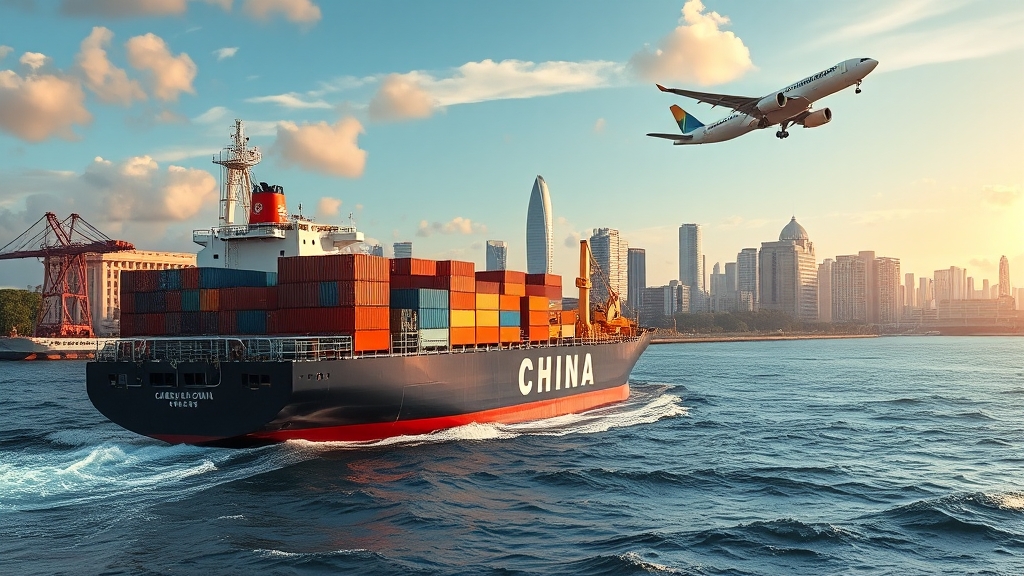
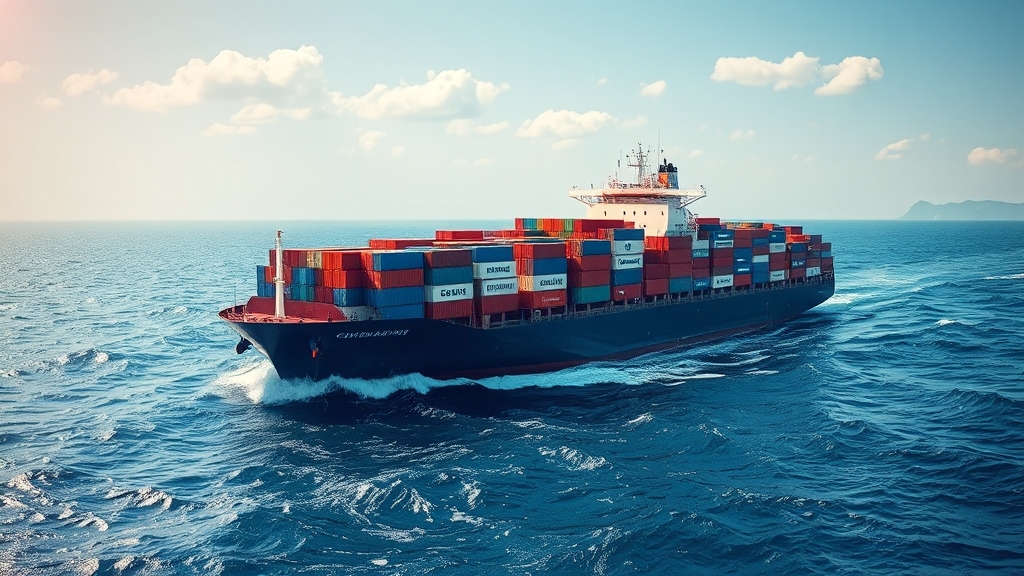





 Afrikaans
Afrikaans Shqip
Shqip አማርኛ
አማርኛ العربية
العربية Հայերեն
Հայերեն Azərbaycan dili
Azərbaycan dili Euskara
Euskara Беларуская мова
Беларуская мова বাংলা
বাংলা Bosanski
Bosanski Български
Български Català
Català Cebuano
Cebuano Chichewa
Chichewa 简体中文
简体中文 繁體中文
繁體中文 Corsu
Corsu Hrvatski
Hrvatski Čeština
Čeština Dansk
Dansk Nederlands
Nederlands English
English Esperanto
Esperanto Eesti
Eesti Filipino
Filipino Suomi
Suomi Français
Français Galego
Galego ქართული
ქართული Deutsch
Deutsch Ελληνικά
Ελληνικά Kreyol ayisyen
Kreyol ayisyen Harshen Hausa
Harshen Hausa Ōlelo Hawaiʻi
Ōlelo Hawaiʻi עִבְרִית
עִבְרִית हिन्दी
हिन्दी Hmong
Hmong Magyar
Magyar Íslenska
Íslenska Igbo
Igbo Bahasa Indonesia
Bahasa Indonesia Gaeilge
Gaeilge Italiano
Italiano 日本語
日本語 Basa Jawa
Basa Jawa ಕನ್ನಡ
ಕನ್ನಡ Қазақ тілі
Қазақ тілі ភាសាខ្មែរ
ភាសាខ្មែរ 한국어
한국어 كوردی
كوردی Кыргызча
Кыргызча ພາສາລາວ
ພາສາລາວ Latin
Latin Latviešu valoda
Latviešu valoda Lietuvių kalba
Lietuvių kalba Lëtzebuergesch
Lëtzebuergesch Македонски јазик
Македонски јазик Malagasy
Malagasy Bahasa Melayu
Bahasa Melayu മലയാളം
മലയാളം Maltese
Maltese Te Reo Māori
Te Reo Māori मराठी
मराठी Монгол
Монгол ဗမာစာ
ဗမာစာ नेपाली
नेपाली Norsk bokmål
Norsk bokmål پښتو
پښتو فارسی
فارسی Polski
Polski Português
Português ਪੰਜਾਬੀ
ਪੰਜਾਬੀ Română
Română Русский
Русский Samoan
Samoan Gàidhlig
Gàidhlig Српски језик
Српски језик Sesotho
Sesotho Shona
Shona سنڌي
سنڌي සිංහල
සිංහල Slovenčina
Slovenčina Slovenščina
Slovenščina Afsoomaali
Afsoomaali Español
Español Basa Sunda
Basa Sunda Kiswahili
Kiswahili Svenska
Svenska Тоҷикӣ
Тоҷикӣ தமிழ்
தமிழ் తెలుగు
తెలుగు ไทย
ไทย Türkçe
Türkçe Українська
Українська اردو
اردو O‘zbekcha
O‘zbekcha Tiếng Việt
Tiếng Việt Cymraeg
Cymraeg יידיש
יידיש Yorùbá
Yorùbá Zulu
Zulu